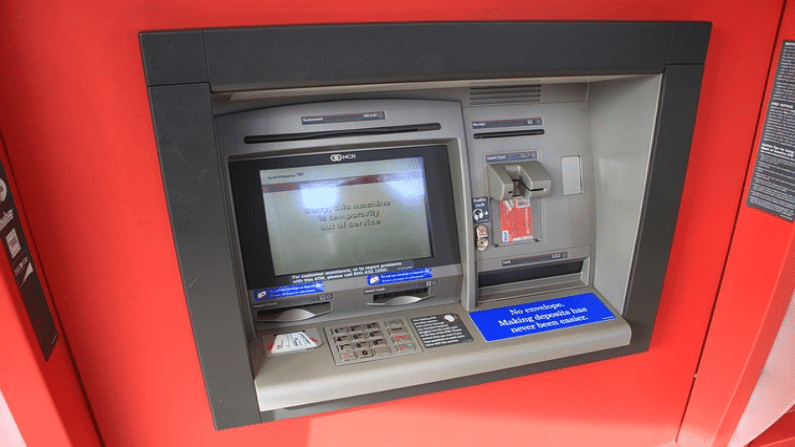RBI reviewing its norm on penalising banks dry ATMs
Central bank is studying feedback from lenders

The Reserve Bank of India (RBI) is reviewing the scheme wherein it has proposed penalising banks for their failure to replenish ATMs. Deputy governor T Rabi Shankar said that they had received inputs from banks and were in the process of reviewing it. The central bank in a circular had earlier said that the Scheme of Penalty for non-replenishment of ATMs had been formulated to ensure that sufficient cash is available to the public through ATMs.
According to a report in the Economic Times, Shankar said the idea behind the penalty on outages in ATMs was to ensure that these services are available as much as possible in areas where the attention to ATMs is less, which is largely rural and semi-urban areas.
Penalty of Rs 10,000 if cash-out situation is more than 10 hours
The RBI has received various feedback, some positive while some raise concerns, he said, adding that there are issues specific to location (of ATMs). “We are trying to take all the feedback and have a review and see how best it can be implemented,” he said.
The new guideline of imposing penalty on banks in case the ATMs runs out of cash for 10 hours in a month was to kick in from October 1, 2021. A penalty of Rs 10,000 per ATM will be levied in the event of a cash-out situation for more than 10 hours in a month.
The RBI had said that banks and white label ATM operators will strengthen their systems to monitor the availability of cash in ATMs to avoid cash-outs.
Banks were of the view that cash availability will drop as they go deeper in rural geographies as the cost to set up and maintain ATMs is high.
The Economic Times report said that banks have been slowly reducing ATM presence as they operationalise overall costs.
India as of now has 2,13,766 ATMs, the majority of which are managed and operated by Managed Service Providers (MSPs) who hire cash-in-transit firms to restock the machine with currency notes. MSPs are of the opinion that the intention behind the regulation is good as it takes cognisance of the role played by cash in the economy and also puts the onus of ensuring cash availability directly on the banks.